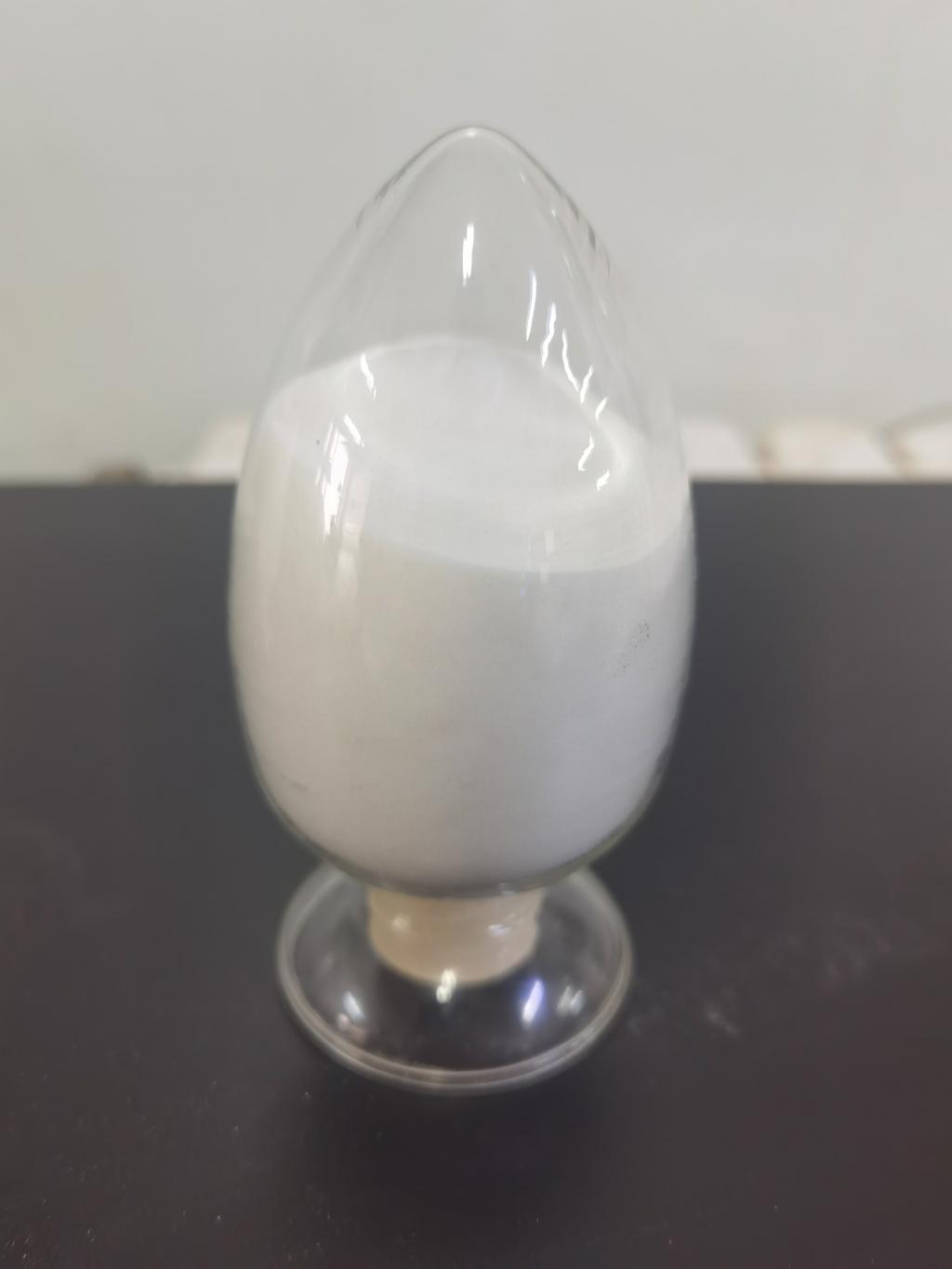Tel:+8618231198596

News
 CONTACT
CONTACT
 CONTACT
CONTACT
- Linkman:Linda Yao
- Tel: +8618231198596
- Email:linda.yao@dcpharma.cn
- Linkman:CHARLES.WANG
- Department:Overseas
- Tel: 0086 0311-85537378 0086 0311-85539701
News
ε-Polylysine Hydrochloride's Influence on Consumer Choices
TIME:2024-01-03
Understanding ε-Polylysine Hydrochloride:
ε-Polylysine hydrochloride is a water-soluble homopolymer of the amino acid lysine, derived through the fermentation of Streptomyces albulus. Recognized for its potent antimicrobial and antioxidant properties, this compound offers a natural alternative to synthetic preservatives commonly used in the food industry.
The Consumer Shift Towards Natural Preservatives:
a. Growing Health Consciousness:
Consumers are increasingly prioritizing health and wellness, leading to a shift in preferences towards products perceived as healthier and safer. This trend extends to the desire for foods with minimal additives, preservatives, and artificial ingredients.
b. Clean Label Movement:
The clean label movement, characterized by a demand for transparent and easily understood ingredient lists, aligns with the broader shift towards natural preservatives. Consumers are actively seeking products with simple, recognizable components, contributing to the popularity of natural preservatives like ε-polylysine hydrochloride.
c. Awareness of Synthetic Preservative Concerns:
Increasing awareness of potential health risks associated with synthetic preservatives, such as BHA, BHT, and potassium sorbate, has prompted consumers to seek alternatives that provide effective preservation without compromising on safety.
The Role of ε-Polylysine Hydrochloride in Shaping Consumer Preferences:
a. Natural Antimicrobial Action:
Consumers are drawn to the natural antimicrobial properties of ε-polylysine hydrochloride. Its ability to inhibit the growth of bacteria and fungi aligns with the desire for preservatives that can maintain food safety without relying on synthetic chemicals.
b. Antioxidant Benefits:
The antioxidant effects of ε-polylysine hydrochloride add another layer of appeal. Consumers, cognizant of the role antioxidants play in promoting health and mitigating oxidative stress, appreciate the compound's potential contributions to overall well-being.
c. Compatibility with Clean Label Trends:
The clean label movement, driven by a desire for transparency and simplicity, finds a natural ally in ε-polylysine hydrochloride. Its natural origin and straightforward production process contribute to clean label formulations, meeting consumer expectations for easily understandable ingredient lists.
Applications in Food Products:
a. Bakery and Confectionery:
The versatility of ε-polylysine hydrochloride makes it suitable for various food applications. In baked goods and confectionery, it can be incorporated to extend shelf life without compromising the taste and texture that consumers expect.
b. Dairy and Dairy Alternatives:
The preservation of dairy products is a critical concern for both manufacturers and consumers. ε-Polylysine hydrochloride's compatibility with dairy and dairy alternatives offers a natural solution to enhance safety and prolong the freshness of these products.
c. Meat and Seafood:
The demand for minimally processed and preservative-free protein sources has increased. ε-Polylysine hydrochloride's effectiveness in preserving meat and seafood aligns with consumer preferences for safer and more natural preservation methods.
d. Beverages:
Functional beverages and natural fruit juices, often perceived as healthier options, benefit from the antioxidant properties of ε-polylysine hydrochloride. Its incorporation helps maintain the nutritional quality and sensory attributes of these beverages.
Addressing Consumer Concerns:
a. Safety Assurance:
Consumer acceptance of any preservative hinges on its safety profile. The extensive research confirming the safety of ε-polylysine hydrochloride provides consumers with the reassurance they seek, contributing to a positive perception of the compound.
b. Transparency and Communication:
Transparent communication about ε-polylysine hydrochloride's production process, benefits, and safety features is essential. Manufacturers have an opportunity to build trust by educating consumers about the compound and its role in preserving the integrity of food products.
c. Sensory Impact:
Consumers are sensitive to changes in taste and texture in their favorite foods. Manufacturers using ε-polylysine hydrochloride must ensure that its inclusion does not compromise the sensory attributes that contribute to the overall culinary experience.
Challenges and Considerations:
a. Regulatory Compliance:
Meeting regulatory standards is a prerequisite for the widespread acceptance of any food ingredient. Manufacturers utilizing ε-polylysine hydrochloride must ensure compliance with local and international regulations governing food additives.
b. Cost Considerations:
The cost of incorporating natural preservatives, including ε-polylysine hydrochloride, can be a factor influencing consumer choices. Striking a balance between the benefits offered and the additional cost is crucial for market acceptance.
c. Availability and Supply Chain Considerations:
Ensuring a stable supply of ε-polylysine hydrochloride is essential for manufacturers to consistently meet consumer demand. Factors such as production scalability, sourcing of raw materials, and logistics must be carefully managed.
Future Prospects and Innovations:
As consumer preferences continue to evolve, the future prospects for ε-polylysine hydrochloride in shaping these choices are promising. Ongoing research and innovations in formulation, dosage optimization, and combination with other natural preservatives may further enhance its efficacy and broaden its applications.
Collaborative Initiatives and Industry Leadership:
To maximize the impact of ε-polylysine hydrochloride on consumer choices, collaborative initiatives between industry leaders, researchers, and regulatory bodies are essential. Sharing knowledge, addressing challenges, and collectively promoting the benefits of natural preservatives contribute to industry-wide acceptance.
The Global Impact:
The influence of ε-polylysine hydrochloride extends beyond regional boundaries. As a globalized food industry seeks solutions that resonate with diverse consumer preferences, the compound's role in shaping choices aligns with the universal demand for healthier and more sustainable food options.
Conclusion:
ε-Polylysine hydrochloride's influence on consumer choices marks a pivotal moment in the evolution of the food industry. As consumers increasingly prioritize natural preservatives aligned with health and sustainability, ε-polylysine hydrochloride emerges as a compelling option. Its compatibility with clean label trends, natural antimicrobial and antioxidant properties, and potential applications across a range of food products position it as a key player in shaping the future of consumer preferences. As the food industry navigates this paradigm shift, ε-polylysine hydrochloride stands at the intersection of innovation, consumer awareness, and a collective commitment to healthier and more natural food choices.
- Tel:+8618231198596
- Whatsapp:18231198596
- Chat With Skype







